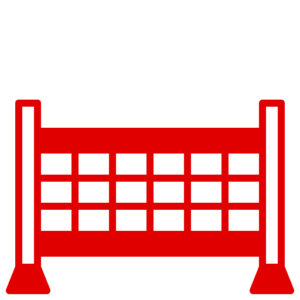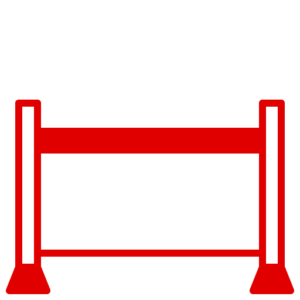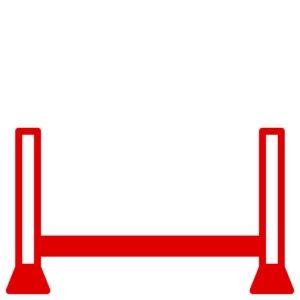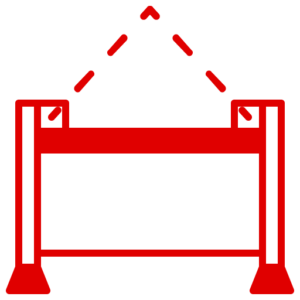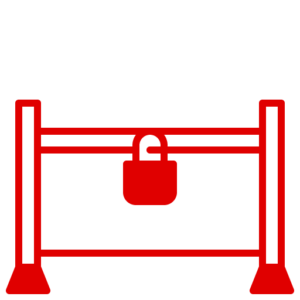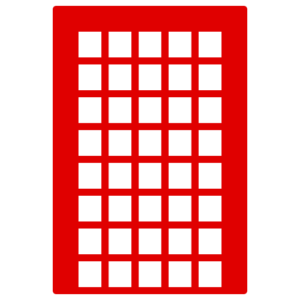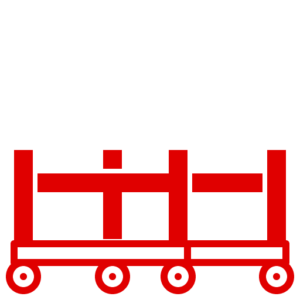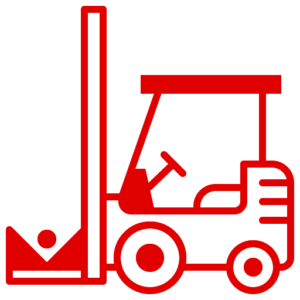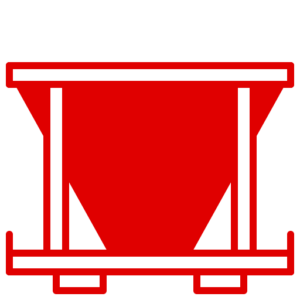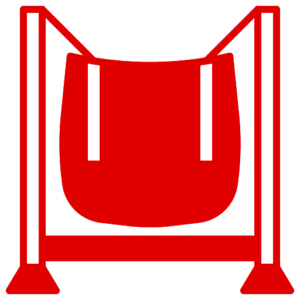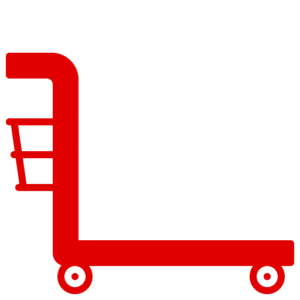News
Maintaining Safety and Compliance: Regular Inspections of Stillages
At Lowe Stillages & Cages, we prioritise the safety and functionality of stillages. In this blog post, we present a comprehensive guide on conducting regular inspections of stillages to identify defects or issues in accordance with PUWER regulations. By following these steps, employers can ensure the ongoing safety, compliance, and optimal performance of their stillages.
- Establish an Inspection Schedule: Develop a schedule for regular inspections based on usage, environmental conditions, and manufacturer recommendations.
- Identify Inspection Points: Determine critical areas and components to inspect, referencing manufacturer guidelines for specific inspection points.
- Conduct Visual Inspections: Thoroughly examine stillages for damage, wear, corrosion, cracks, or other defects that could compromise their integrity.
- Check Load-Bearing Capacity: Verify load rating labels and compare intended loads with capacity to prevent overloading and ensure compliance.
- Evaluate Securing Mechanisms: Assess the condition and functionality of securing mechanisms to ensure proper storage, stacking, and transportation.
- Test Moving Parts: Check moving parts such as casters, wheels, or hinges for smooth operation, wear, damage, and proper alignment.
- Assess Stability and Alignment: Evaluate stillage stability, alignment, and signs of instability during handling or stacking. Ensure proper alignment and stacking limits.
- Address Environmental Factors: Consider environmental elements that may affect stillage condition. Mitigate the effects of extreme temperatures, moisture, or corrosive substances.
- Document Findings and Actions: Maintain detailed records of inspection findings, defects, and actions taken to address them. Document repairs, replacements, or maintenance activities.
- Follow-up and Review: Schedule follow-up inspections to verify corrective actions. Regularly review inspection records to identify trends and areas for improvement.
By following these steps, employers can conduct regular inspections of stillages, ensuring safety, compliance, and optimal performance. At Lowe Stillages & Cages, we prioritise the ongoing maintenance of stillages to prevent accidents and maintain operational efficiency.

